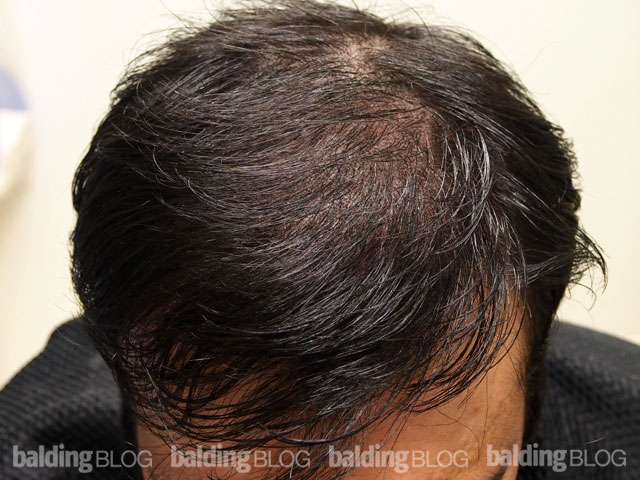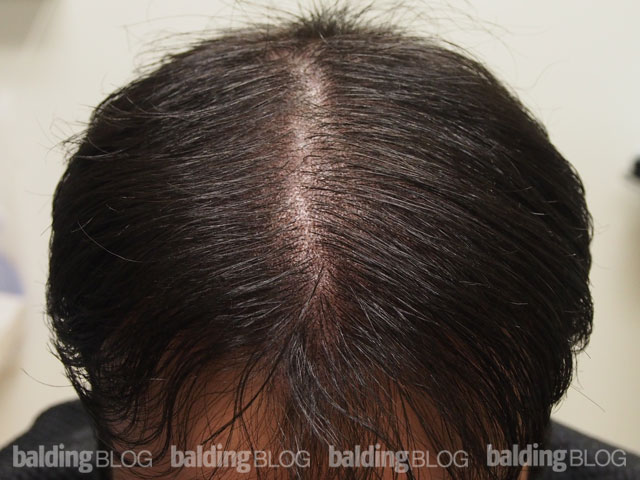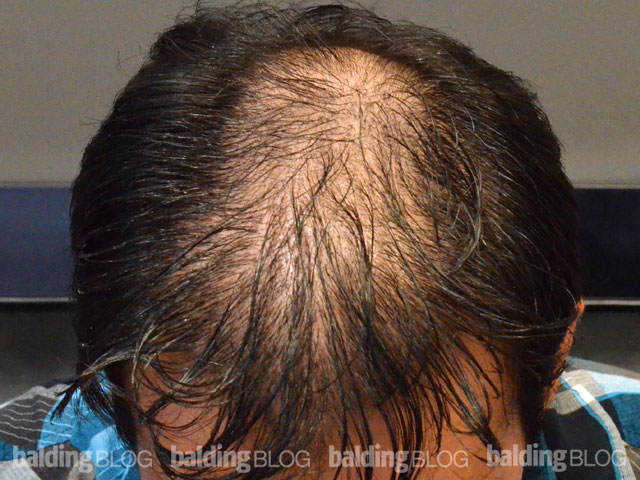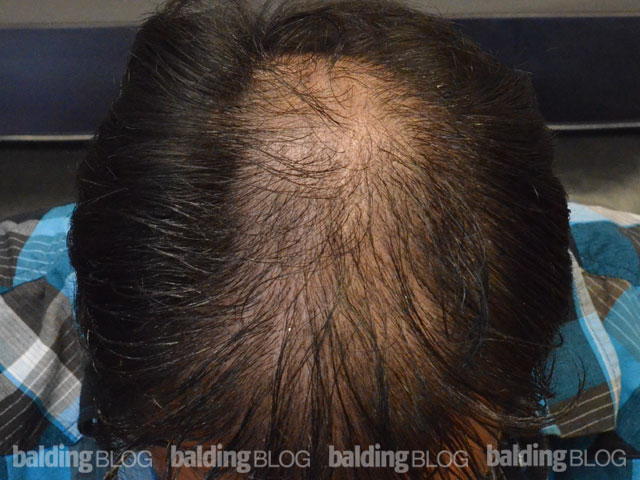“The waiting is the hardest part.” – Tom Petty and…
“The waiting is the hardest part.” – Tom Petty and the Heartbreakers
If my chronicle of hair had a theme song, that 1985 hit would be it. But let’s go back in time and set the stage.
When I first met Dr. Rassman, I had $2500 saved up to populate the barren wasteland known as my forehead. “If I could just lower my hairline 3 inches, all would be right with the world,” I thought. I had everything in place prior to my first consultation with NHI. I knew the day of the week I’d want my procedure, what movie I’d watch during the procedure, and what lunch — an egg salad sandwich — I’d be enjoying during the procedure. The stage was set. And then…
“I’m not going to do $2500 worth of work on you.”
“I’m sorry, what?”
“Your goals require approximately four times that much hair, and I’m not going to put you in a position where you MUST come back for more work. You must approach each procedure as a stand-alone procedure, not something that will leave you incomplete and dissatisfied.”
“Dr. Rassman, the other three places I met with said I could move forward and have a procedure with $2500.”
“If they can show you one patient, just one, who lowered his hairline that much with $2500 worth of work, then proceed with them. My experience tells me the math doesn’t add up.”
I walked out of the NHI office that day thinking, “That’s the most interesting and somewhat irritating business model I’ve ever encountered. He won’t take my money?”
So began my true follicular education. I read all the peer-reviewed journals published by NHI. I visited the office again to watch a procedure being done. I went to three NHI Open House events to meet as many patients as possible. They clearly had nothing to hide. It was then that I fully respected Dr. Rassman’s decision not to perform my surgery right away. He encouraged me to approach my hair restoration as a lifelong plan. After all, we’re not dealing with an infinite supply of donor hair here! Every graft is critical!
The morning of my first surgery, Dr. Rassman, being acutely aware of my financial situation back then, took a moment to inquire as to how I saved up the money in such a short period of time.
“That was easy, doc. I moved out of my apartment, put my belongings in storage, and slept in my car for a few months. That dedication is deserving of two egg salad sandwiches and a hot fudge sundae, right?”
“You’re serious?”
“Yep!”
After three months of checking the mirror for any sign of hair growth, the first evidence was revealed! I was told to basically forget that I had surgery for the first few months since it typically takes that long for the new hair to begin growing. Yeah right. I was in front of the mirror every day without fail. The waiting definitely was the hardest part!
Ten years, two surgeries and approximately 5500 grafts later, I’m happy to say that I no longer think about my hair loss. The hairline has been lowered and the temple regions have been moved forward, resulting in a completely natural looking frame to my face. The barren wasteland is now a thriving metropolis thanks to the New Hair Institute!
NHI is family. They don’t sugar coat anything, and they ensure your expectations are realistic. For that I am forever grateful.




